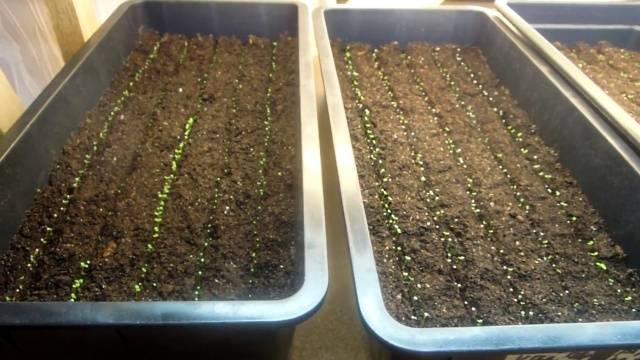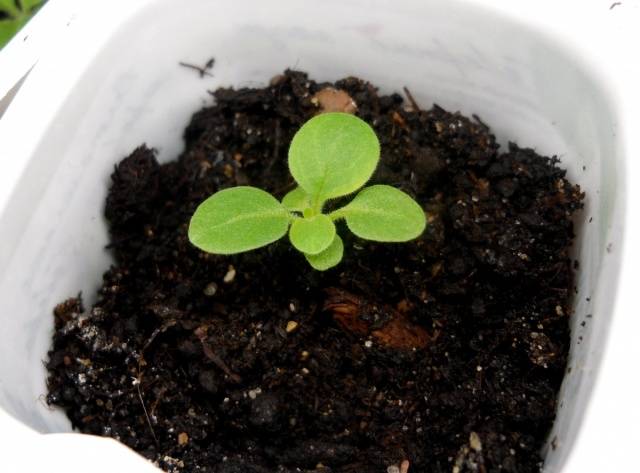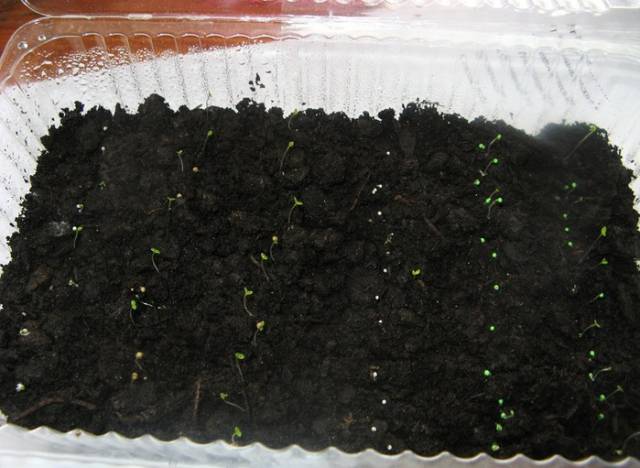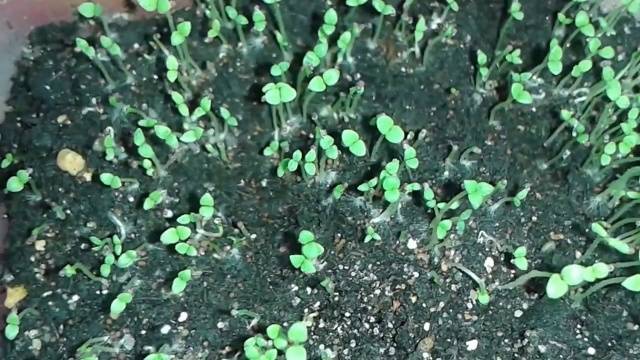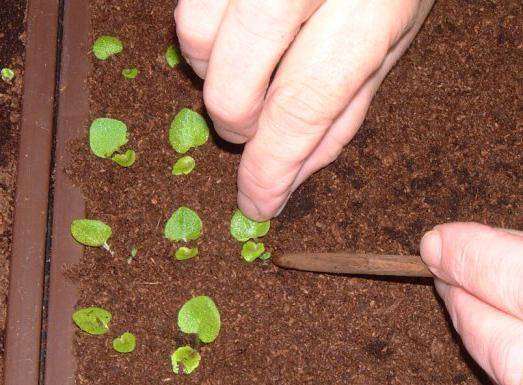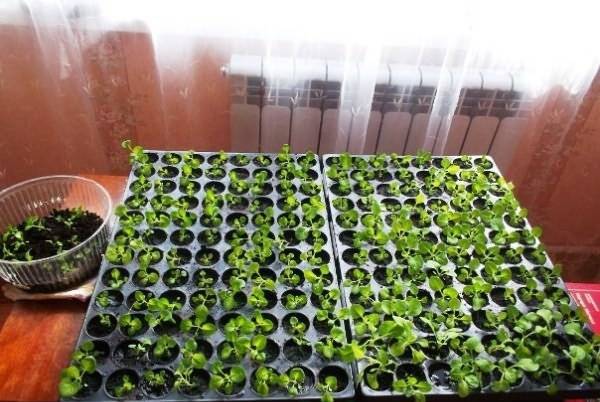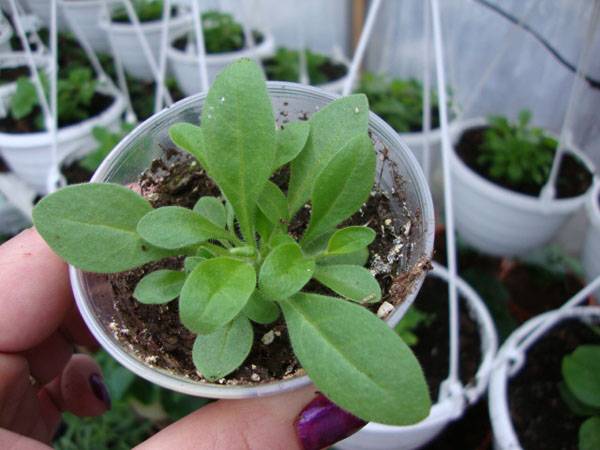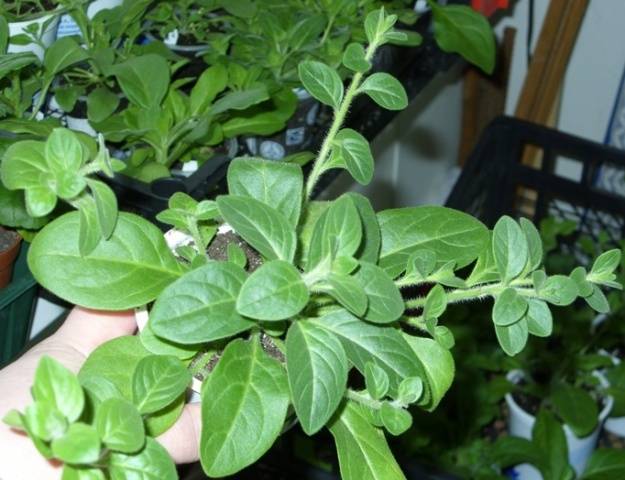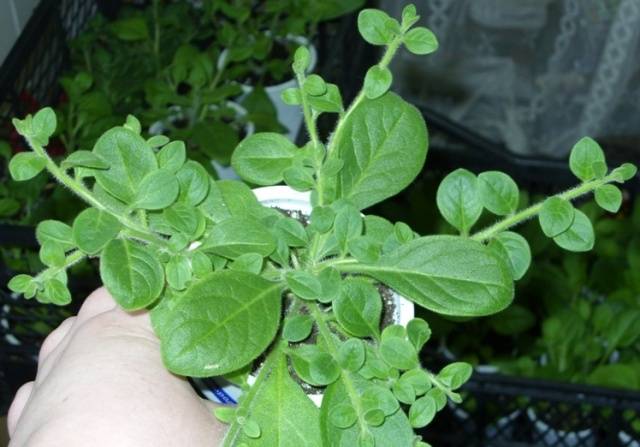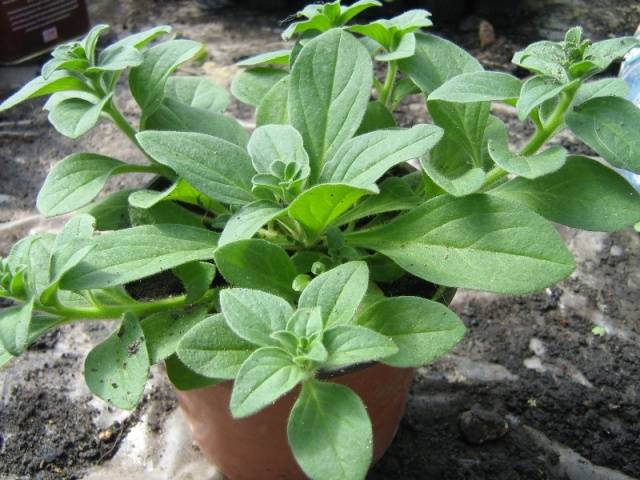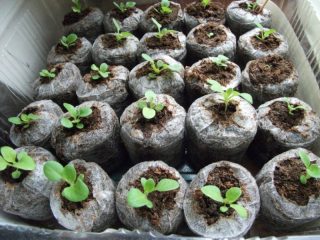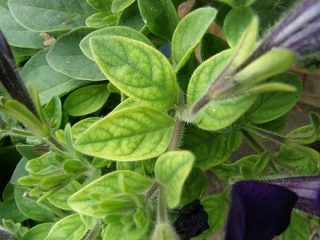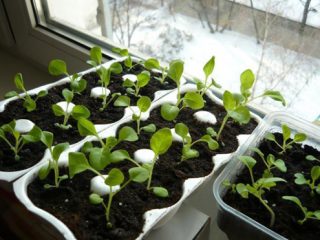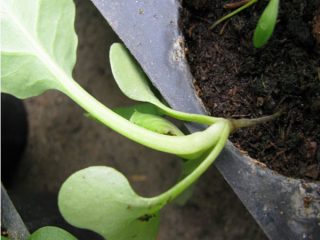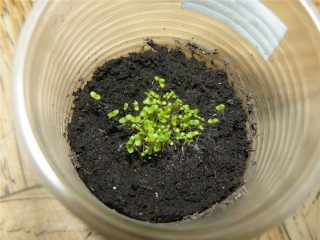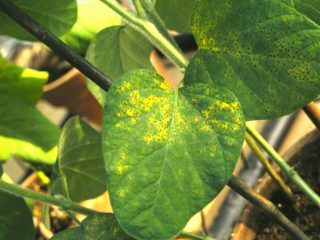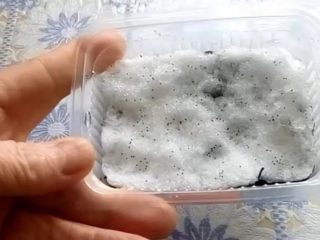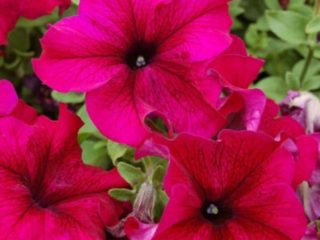Content
Petunias are very beautiful and unpretentious flowers, which are gaining more and more popularity every year, thanks to the emergence of more and more diverse varieties and varieties. Experienced flower growers strive to further diversify their collection. And beginners really want to grow some variety that especially amazed them, a bag of seeds of which they purchased in a fit of inspiration. And when we got home, we wondered, is this real? After all, petunias, despite their unpretentiousness in adulthood, are quite capricious at the seedling stage. And their shoots look especially unusual.
They can really scare any novice gardener if he has not yet dealt with small seeds. It seems completely incredible that these tiny threads could ever grow into luxuriously flowering petunia plants. However, there is no need to be afraid. You just need to find out in more detail what petunia seedlings need in the first place, and what are the features petunia care after emergence.
Basic requirements of petunia
There are several conditions without which it is almost impossible to grow good petunia seedlings.
Light and temperature
The first and most important thing that petunia seedlings need is light. Its seeds also need light to germinate.Without light, in a dark place, they will either not germinate at all, or they will germinate late and very unfriendly.
But after germination, when only thin white loops appear from the ground, the petunia seedlings must be moved under the brightest lighting available in the house. It is because of the lack of light that petunia seedlings planted in winter, in January or February, die. They are not at all satisfied with the short daylight hours that are observed at this time of year.
And even additional lighting is not suitable for them - its level should be at least 25,000 Lux, and even better, it should reach 50,000 Lux. And for optimal development of petunia seedlings in the first weeks of life, it is advisable that this lighting be turned on around the clock. If it is not possible to guarantee the seedlings such lighting, then it is necessary to either postpone sowing until better times or lower the temperature.
Yes, oddly enough, this is precisely the technique that helps plants best. If, when germinating petunia seeds, the temperature was kept at +22°C-+25°C constantly, then as soon as the seedlings have sprouted, it is advisable to lower the temperature by a few degrees, at least at night. That is, it is optimal that during the day it is at +20°C, and at night it drops to about +16°C-+18°C.
In general, it is best for the lighting to be maximum and the temperature difference between day and night to be slightly felt. It is in such conditions that petunia seedlings will feel best and grow strong and stocky. Since the abundance of light has a beneficial effect on the above-ground parts of plants.While the difference in temperature allows the roots of petunia to actively develop.
Often, for novice gardeners, petunia shoots look more like thin ones. stretched out strings than stocky bushes. This occurs due to the seedlings being kept at elevated temperatures and at the same time insufficient lighting. If it is completely impossible to lower the temperature a little, the only way out is to provide the seedlings with a lot of light. Light still comes first for petunias.
Humidity
Petunia is usually sown either in small trays with lids, or in peat tablets, which are placed in containers covered with lids. That is, in any case, petunia seedlings appear in such unique mini-greenhouses, where they, of course, feel good and cozy.
The required humidity in such containers is maintained by itself. But after germination, it is advisable to open the lids of such containers. First for 5-10 minutes, then daily increasing the “hardening” time, so that approximately 10-15 days after germination you can remove the lid completely. After the petunia seedlings are a week old and the very first, so-called cotyledon leaves are well developed, the lid can be removed, for example, at night. In this way, you can arrange that very slight decrease in temperature at night, which is so necessary for petunia seedlings for the good development of the root system.
As long as the lid is predominantly on the container with the seedlings, it requires virtually no watering. In general, you must also be very careful with watering at the initial stage of growing petunia seedlings. It's better to underfill than overfill.And you need to water, of course, not in the usual way, but using a pipette, a syringe or the method that the gardener talks about in this video:
It would be better if the soil in which it grows petunia seedlings, will be somewhat dry. Because roots develop better in loose soil than in waterlogged soil. Of course, plants should not be allowed to wither either. But it happens that you might have overdone it a little when caring for the seedlings and over-watered the petunia seedlings. If you notice that the seedlings have begun to thin and become glassy (an early sign of blackleg), then you can try adding dry calcined sand or fine vermiculite to the roots. They absorb moisture very quickly and most of the sprouts can most likely be saved.
After removing the lid and before the first and even second true leaves bloom, petunia seedlings must be monitored for moisture every day. Plants should not be allowed to wilt or become overwatered. It’s even easier to add hydrogel with vermiculite to it at the stage of preparing the soil mixture. Then the soil will not be able to dry out so quickly, and will always contain some supply of moisture. This will allow beginners not to worry so much about the condition of the seedlings.
Watch another video that describes just this period:
The first months of seedling life
The hardest part is already behind us, but it is still not recommended to relax. At the age of two weeks, the first true leaves begin to appear on petunia seedlings.From this moment on, the growth and development of petunia will accelerate somewhat, although still not enough for those who are growing these flowers for the first time. Indeed, at the first stage, the development of the above-ground part occurs not just slowly, but very slowly, and beginning flower growers need to be patient.
Picking
After the opening of the first true leaves, petunia seedlings can already be dive, if it was planted in common trays. For those who are doing this for the first time and are somewhat afraid of this procedure, we can give the following advice. Grow petunia seedlings without picking - in peat tablets or in separate small cups, or wait a little longer until the second pair of true leaves bloom. But if you sowed ordinary, undiluted seeds and, due to inexperience, planted them too densely, then it is advisable to plant the seedlings quickly, otherwise they will soon not have enough room to grow.
The picking procedure itself is not as scary as it seems.
- Before starting, it is advisable to moisten the container with petunia seedlings, especially if this has not been done for a long time.
- Either cassettes or individual cups are prepared in advance and filled with loose fertile soil. You can also add vermiculite or hydrogel to it, especially if the containers are small and there is a possibility of the soil drying out quickly.
- Recesses are made in the containers, about one centimeter.
- Then, with a thin stick, toothpick or match, carefully dig out the sprouts one by one, picking them up, and drag them one by one into the prepared recesses.
- Bury them there up to the very cotyledon leaves and gently press the earth on all sides using the same stick.
- When all the sprouts have been transferred and buried, they can be lightly watered from a syringe, literally a few drops per plant.
Usually, a week after this procedure, petunia sprouts take root well and grow quickly.
Top dressing
It is from this period that the time comes for regular feeding petunia, without which it will never be able to bloom profusely. For the first fertilizing, it is advisable to choose complex liquid organomineral fertilizers with a predominance of nitrogen. It is highly desirable that they also contain essential microelements in chelated form, primarily iron and calcium.
For petunias, the following feeding scheme will be optimal: a suitable fertilizer is diluted 3-4 times compared to the manufacturer’s instructions and the resulting solution is used regularly for watering seedlings instead of water. About once a week, instead of such root feeding, petunias can be sprinkled on the leaves with the same solution. Similar foliar feedings can also be carried out using potassium humate or vermicompost.
Topping
Around the same period, it is time for another agrotechnical technique, which is often used when growing petunia seedlings - pinching it. In previous years, this was a mandatory procedure, since most old varieties of petunias could not branch at all and grow into one stem if they were not pinched. The first pinching is usually done when the shoots are 7 to 10 cm long, or after 2-3 pairs of true leaves have opened. It consists of using fingernails or nail scissors to carefully pinch off a piece of the stem with a growing point above the topmost leaf. Sometimes they make it simpler - they simply break off the topmost sheet. This photo shows a petunia bush before pinching.
The next photo shows the same petunia bush immediately after pinching.
If you are dealing with ordinary bush forms of petunia, then after this procedure additional side shoots begin to actively appear from the axils of all leaves.
The second pinching is carried out as necessary, when the length of the shoots reaches 10-15 cm. In this case, they try to remove only the very tip of the shoot in order to preserve the flower buds already laid on the bush. Further pinching petunia bushes carried out after planting the seedlings in the ground with strongly grown shoots, if you want to achieve uniform fouling of the bush.
Numerous modern varieties of petunias that have appeared in recent years require little or no pinching. Already after the appearance of the second pair of leaves, you can notice that they begin to form and actively grow lateral shoots from the main leaf axils.
Therefore, most likely, you won’t have to do anything with them. Watch how in the video below, an experienced gardener demonstrates which varieties of petunias need pinching and which do not:
True, sometimes, if petunia seedlings do not grow in the most favorable conditions, that is, without a difference in day and night temperatures and in an overly warm place, then they may not begin to branch. In this case, pinching is mandatory, but it is also advisable to comply with the growing conditions. Month-old petunia seedlings need the temperature not to exceed +18°C during the day, and at night it can drop to +10°C+12°C.
Conclusion
If you manage to fulfill all the above requirements for growing seedlings, then petunia will definitely thank you with many beautiful flowers.

